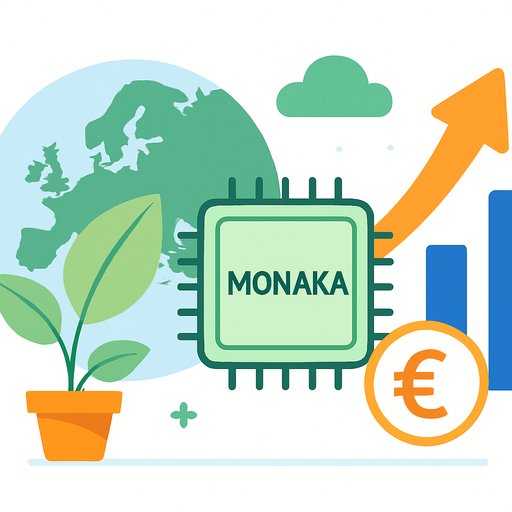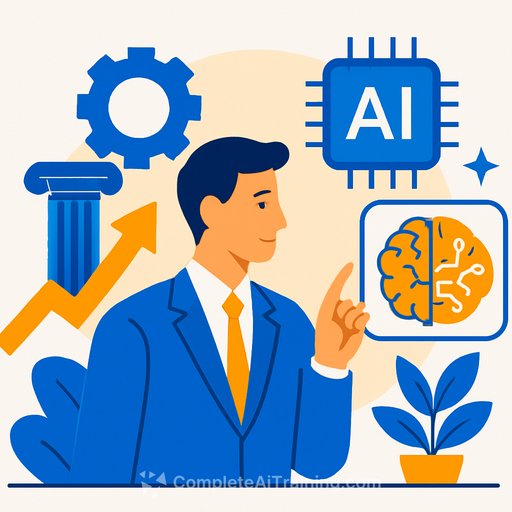Knapsack Raises $10M To Speed Up Enterprise Product Development With AI Workflows
Knapsack raised $10 million to build a platform that helps enterprise product teams ship digital products faster using new AI-driven workflows. The signal is clear: budgets are moving from experiments to production, and the battleground is now your design system, delivery pipeline, and how quickly your team can learn from each release.
What This Means For Product Teams
AI is shifting from scattered tools to integrated workflows that connect design, engineering, and product ops. The focus is reuse over rework, standards over heroics, and measurable throughput instead of busywork. If your team already maintains a design system, AI is the multiplier. If you don't, this is the nudge to start.
Where AI Fits In Your Pipeline
- Discovery: Summarize customer feedback, cluster themes, and draft PRDs or problem statements.
- Design: Map requirements to existing components, generate states and variants, and auto-document usage with clear examples.
- Engineering: Create scaffolds, tests, and Storybook stories from component specs; enforce tokens and accessibility rules by default.
- Compliance & QA: Check for accessibility, privacy, and copy standards before work hits a PR queue.
- Release & Learning: Generate changelogs, summarize release impact, and route insights back to the backlog.
Practical Benefits You Can Expect
- Faster handoffs with fewer meetings and fewer "What does this mean?" Slack threads.
- Higher component reuse and less one-off design debt.
- Consistent specs, acceptance criteria, and test coverage baked into the workflow.
- Traceability from requirement to shipped code, which makes audits and postmortems simpler.
Questions To Ask Any Vendor (Including Knapsack)
- Security & data control: What data is stored, where, and for how long? Is fine-tuning isolated? SOC 2 or similar?
- Integrations: Does it connect cleanly with your stack (Figma, GitHub, Jira)? Reference: Figma Dev Mode.
- Governance: Are there approval gates, audit logs, and role-based permissions? Align with the NIST AI Risk Management Framework.
- Observability: Can you track reuse rates, lead time, and defect trends by component or surface area?
- ROI: What metrics improve, by how much, and how soon? Ask for a playbook and sample baselines.
Risks To Manage Early
- IP and privacy: Keep sensitive data out of prompts. Use organization-level policies and redaction.
- Spec drift: Components that look similar but behave differently create silent bugs. Enforce token and prop checks.
- Hallucinated requirements: Treat AI output as a draft. Review with humans, especially for compliance and edge cases.
- Over-automation: Don't automate judgment. Automate the boring parts and keep human sign-off where it matters.
30-Day Pilot Plan
- Pick one product surface with clear boundaries and high reuse potential.
- Baseline metrics: lead time for change, design-to-dev handoff time, and component reuse rate.
- Inventory your design system: tokens, approved components, usage guidelines, and known anti-patterns.
- Wire up integrations: Figma, your repo, CI, and issue tracker.
- Set guardrails: prompts, review steps, and approval gates for compliance and accessibility.
- Run 3 workflows: draft a PRD from customer input, generate component docs with examples, and create unit tests from acceptance criteria.
- Review outcomes: measure time saved, defects prevented, and clarity gained. Keep what works, cut what doesn't.
The Bottom Line
$10M flowing into this space confirms what many teams feel: speed now comes from standardized components, shared context, and AI that reduces handoffs. If you lead product development, your next edge is simple-codify your system, connect your tools, and let AI handle the repetitive steps while your team focuses on decisions.
Upskill Your Team
If you're building out AI workflows for product, a focused training path helps. Explore role-based options here: AI courses by job.
Your membership also unlocks:






